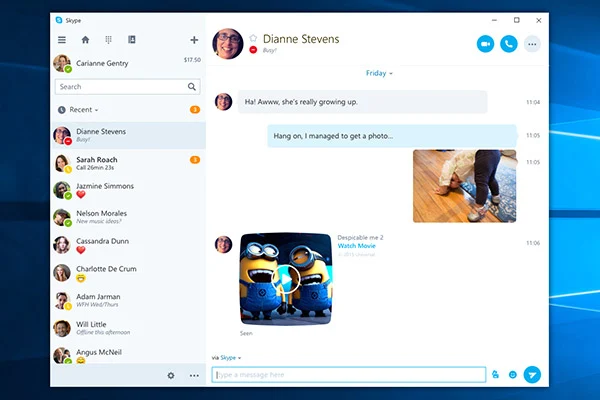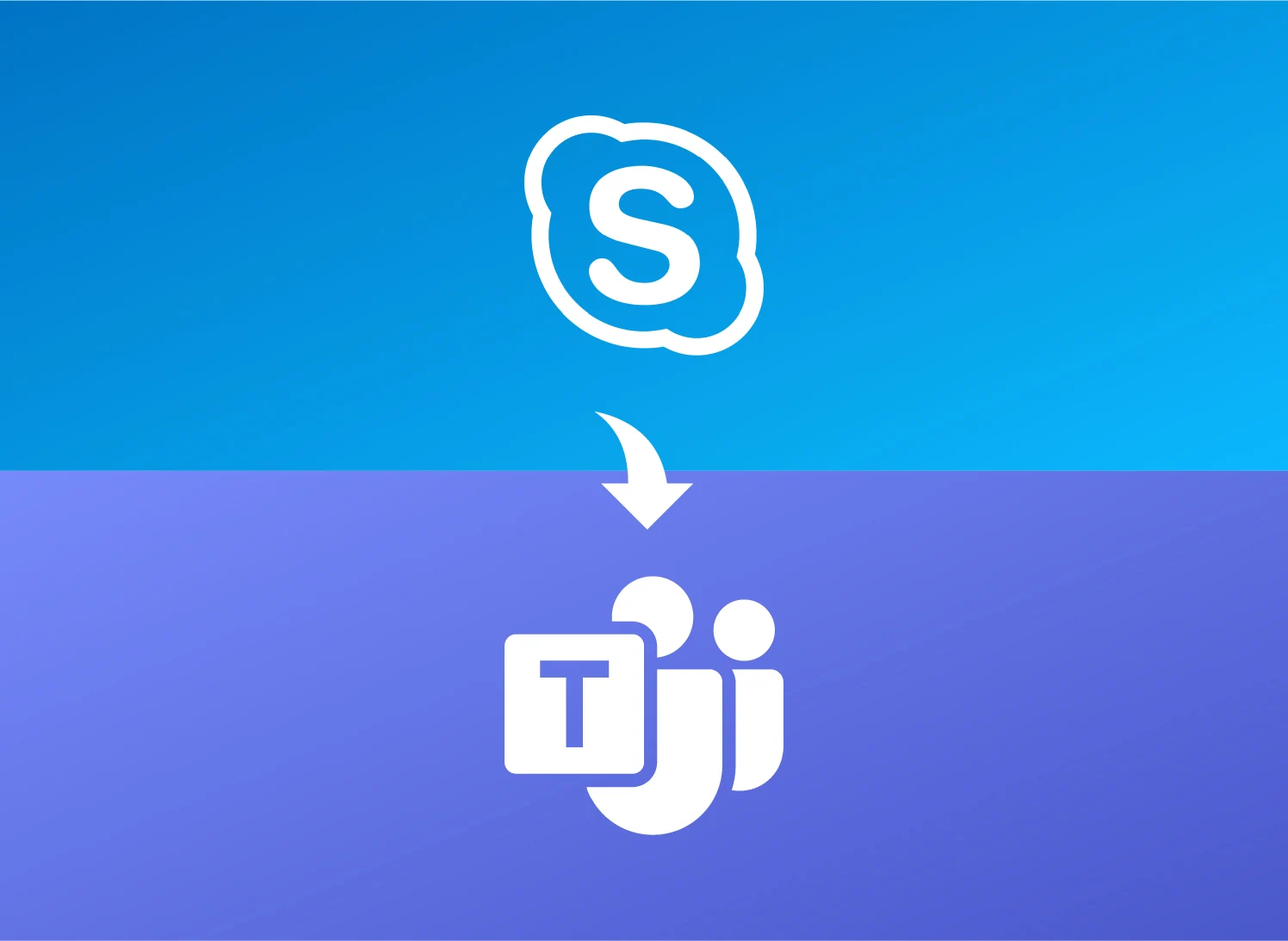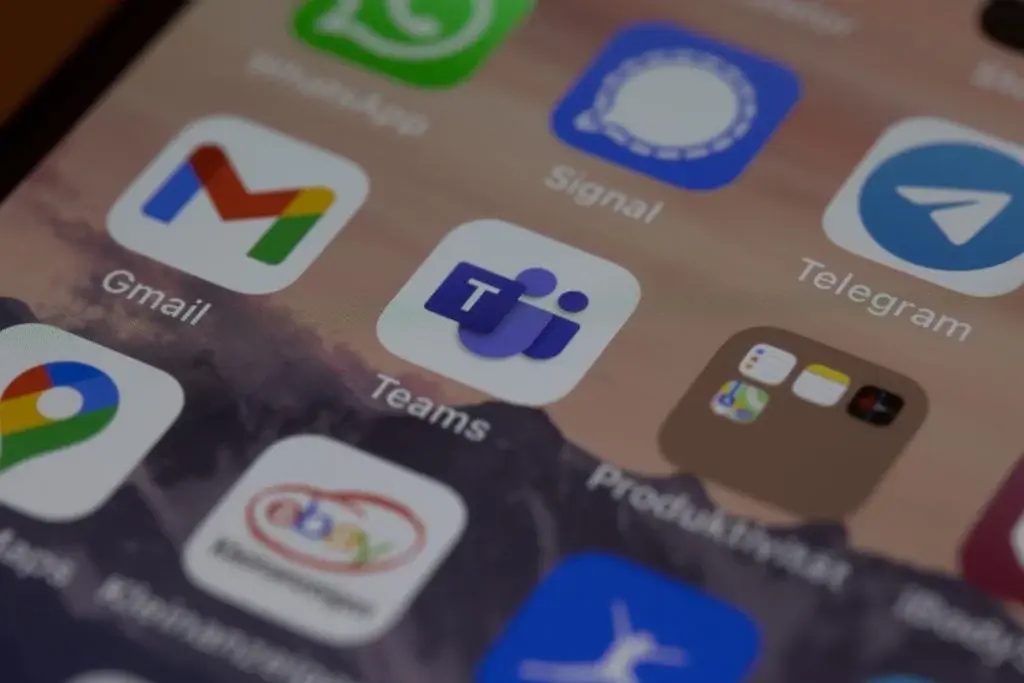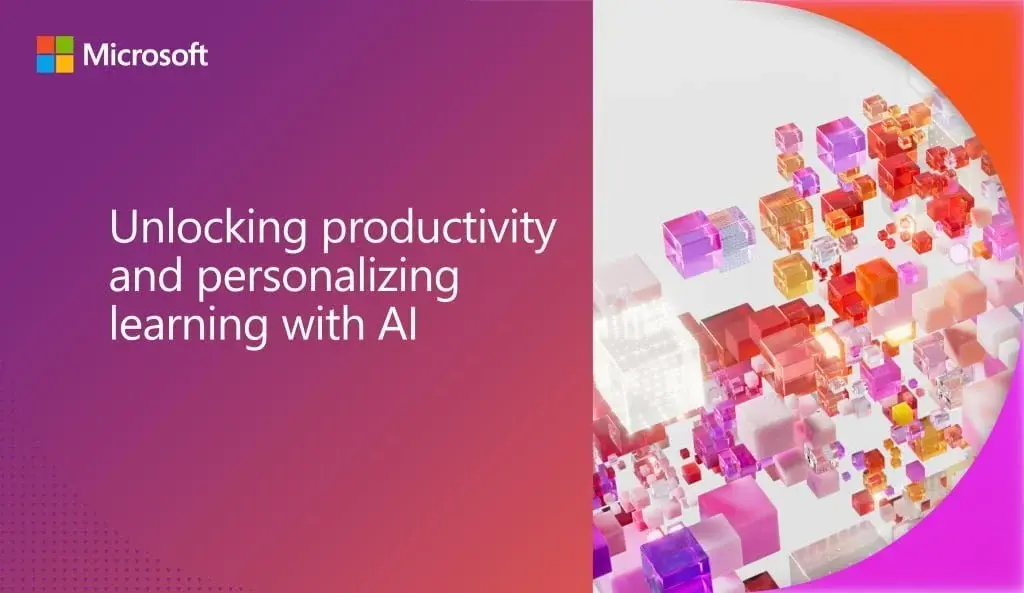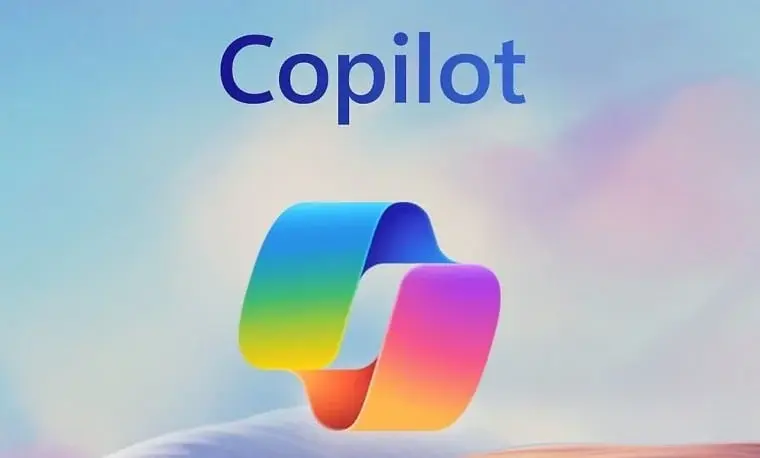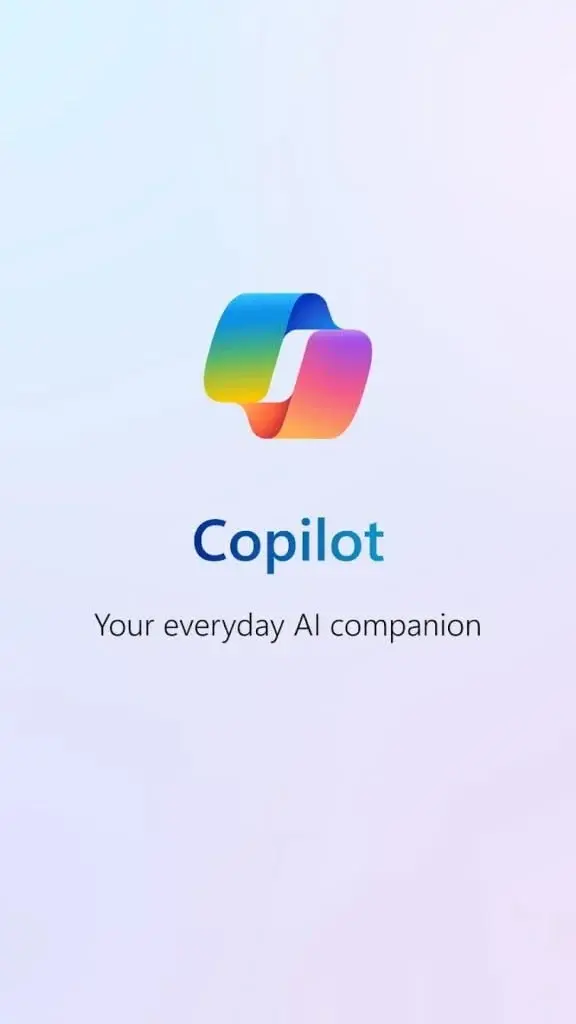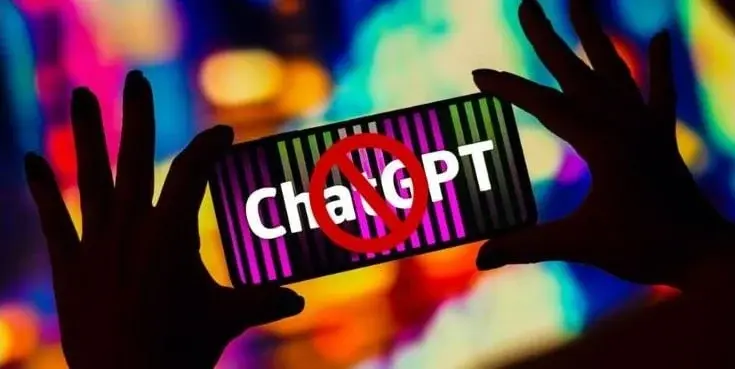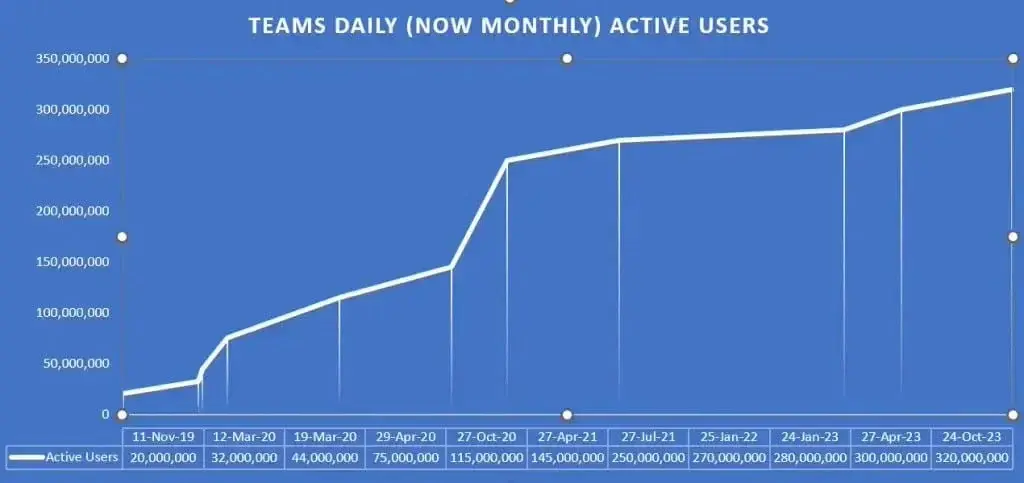Key Takeaways
1. Microsoft plans to shut down Skype in May 2025, as revealed in developer code.
2. Skype was acquired by Microsoft in 2011 for $8.5 billion, but the app’s popularity declined over time.
3. Inconsistent updates and lack of clear direction led to missed opportunities against competitors like FaceTime and Google Hangouts.
4. Microsoft shifted focus to Teams in 2017, positioning it as a collaboration tool integrated into Windows 11.
5. The potential shutdown of Skype marks the end of its over 20-year journey in the communication space.
Skype, a once hugely popular app for video calls, looks to be coming to a close. A reader from XDA Developers found out that Microsoft intends to shut down the app in May 2025. This information was discovered in a note within the code of a developer version of Skype.
Once a Leader in Communication
Skype, which debuted in 2003, enjoyed a period of great popularity among users who loved its voice and video calling features, as well as file sharing capabilities. In 2011, Microsoft spent $8.5 billion to acquire Skype, hoping to integrate it into its communication services. After this purchase, Microsoft decided to phase out Windows Live Messenger, further putting its hope into Skype’s future.
Missed Opportunities and Stiff Competition
Unfortunately, Microsoft’s lack of a clear direction and inconsistent updates caused it to miss the chance to make Skype the top platform for communication and entertainment. By the time Windows 10 was integrated in an effort to revitalize Skype’s declining user count, it was already facing strong rivals like Apple’s FaceTime, Google Hangouts, and Slack. In 2016, Microsoft opted to revert to the traditional app version for Windows 10 instead of continuing with the UWP format.
The Shift to Teams
In 2017, Microsoft refocused its efforts on Teams, a new platform that builds on Skype’s technology. The name itself indicates a shift in purpose, as the company markets it as a solution for team collaboration. Microsoft showed its belief in Teams by embedding it within Windows 11 from the very start of the OS’s launch, aiming to take on Slack directly.
Microsoft has yet to confirm the news officially, but it seems that 2025 could very well mark the end of Skype’s more than 20-year journey.
Source:
Link

